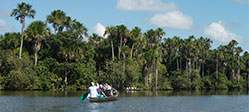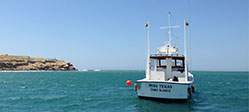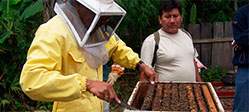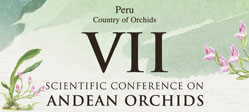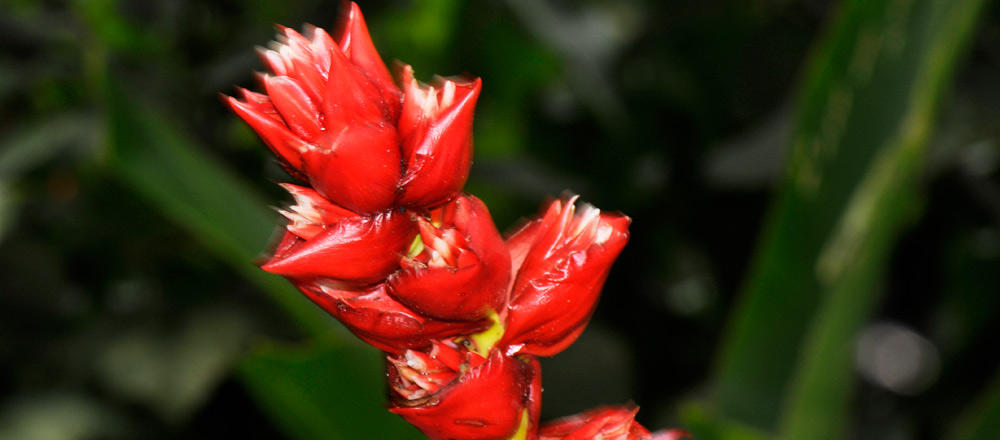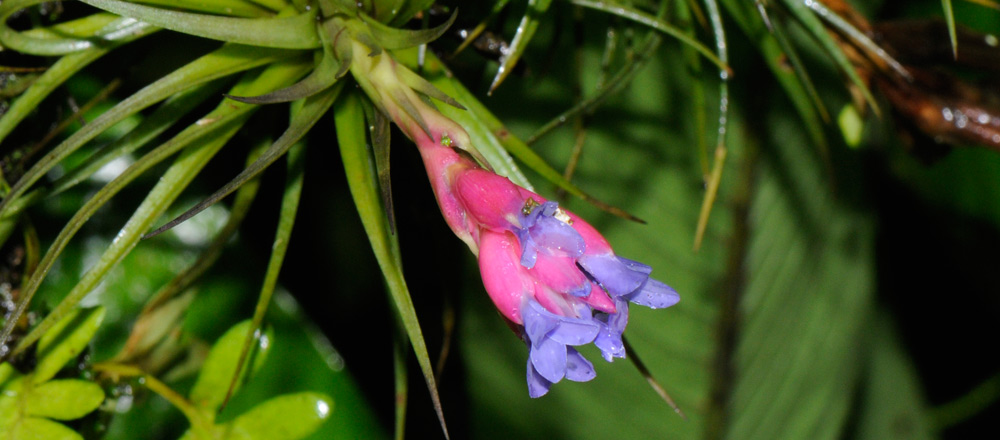Research > Cloud Forest > Ferns, Heliconia & Bromeliads
Pteridophytes, also known as ferns, are perennial plants without secondary growth. This means they do not produce flowers or fruits. Ferns live in fresh, humid and shady places. These plants can grow up to an average size, despite presenting a palm-like figure in tropical areas, where they can reach a 20-meter height. Ferns have a true root system, stems and leaves, and they reproduce through larkspurs.
According to their particular habits, ferns are classified in families: epiphytes, hemipeiphytes, lithophyts, saxicola, and terrestrials. In some cases these are tree-like and climbing plants, which are widely spread and reach a bigger growth with great richness in the primary life zone. To this kind belong families like Aspleniaceae, Lomariopsidaceae, Polypodiaceae, among others.
1160 species of Pteridophytes are known in Peru (León & Rodríguez, 1996). A fourth part of this extraordinary diversity has been registered in Machu Picchu.
Alccamayo Mountain in the Historic Sanctuary of Machu Picchu is research area for ITA and Universidad Nacional San Antonio Abad de Cusco (UNSAAC). Led by biologist Gloria Calatayud, specialists found that in this mountain’s fern community are 17 families distributed in 33 genres, with 90 registered species. In a space of 10 hectares, 30% of the Protected Area’s population was found.
Arguably, the most spectacular are the arboreal ferns (Tryon & Stolze, 1991). Their natural history goes from the Devonian era (419.2-358.9 million years ago) to these days. Such us the case of Cyatheaceae with the gender Cyathea (www.mobot.org), presenting a a 7 to 15 meters height. Thjs kind of fern is endangered, as there are only few species in the mountain and these are threatened by men around the zone.
Work led by ITA is of great importance as it studies mega diversity in pteridophytes, and it encourages knowledge and future studies on flora around this area, contributing to its conservation.




